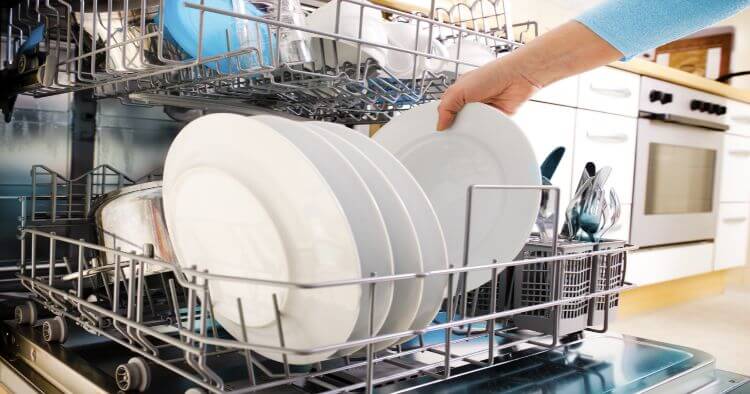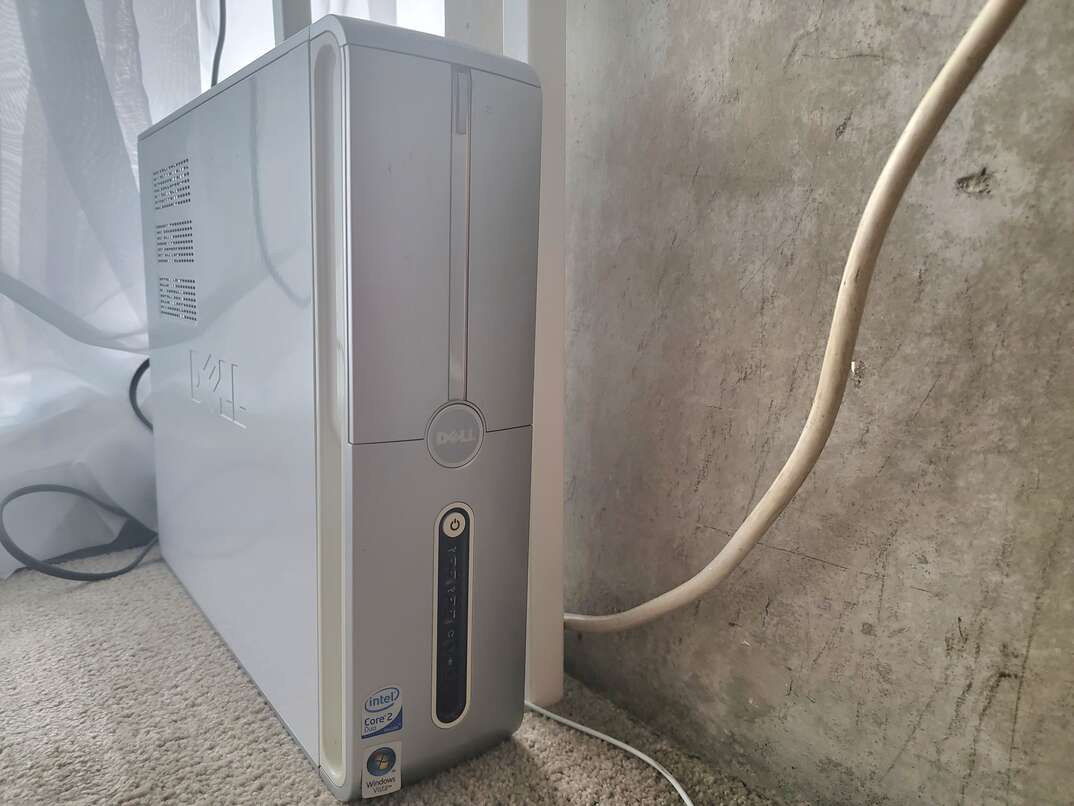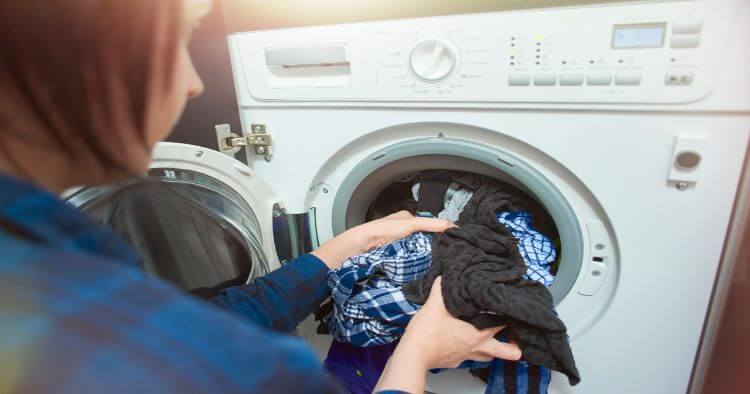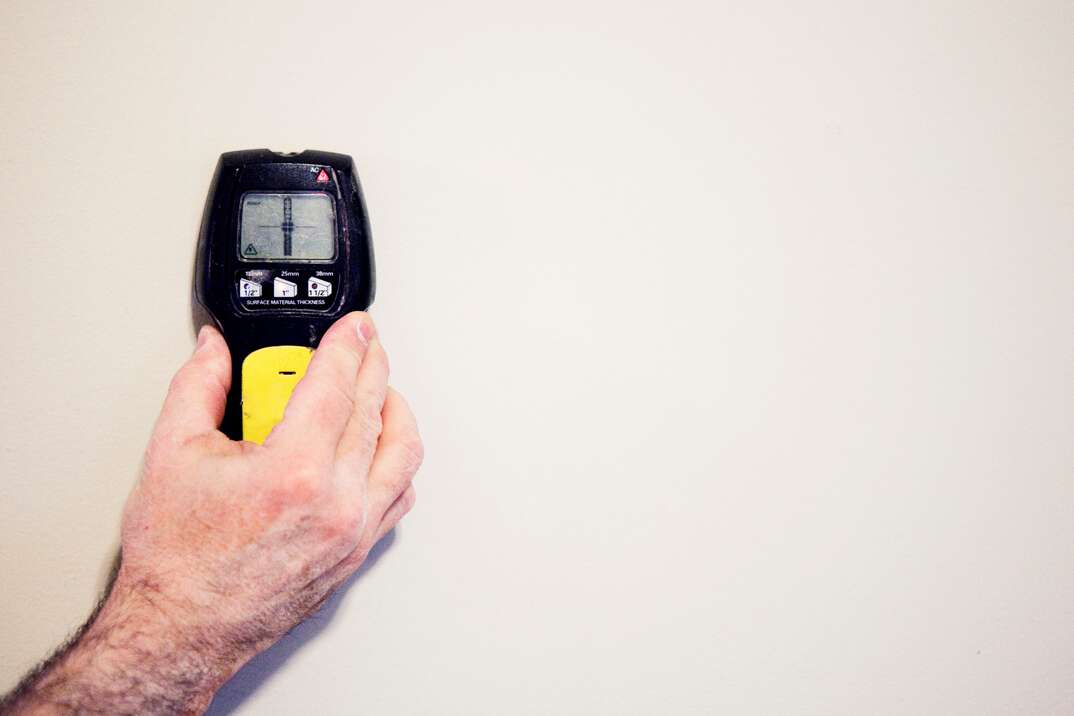Settle the debate: How to load a Dishwasher the right way

It’s an age-old debate in most households...how to load the dishwasher properly. Most of us know the right way (forks up...knives with sharp end down, am I right?) And while I find myself constantly nagging my family about loading the dishwasher in a way that will get everything clean, I recently realized that “mom doesn’t always know best.” Turns out that I was right about some dishwasher loading methods, yet very wrong about others. (Shhh, don’t tell my kids!)
Since I don’t want to be adding to any dishwasher problems I may have in my kitchen, here's the research I found on how to load a dishwasher the correct way.
Skip the rinse
If your dishwasher is less than 10 years old, don't obsess over rinsing dishes before loading them. Simply wipe away large chunks of food, as newer models create enough heat and water pressure to handle the rest of the damage. (Here's how to install a dishwasher if you're ready for the no-rinse-necessary upgrade.)
Learn More About Home Repair Plans Near You
Mix up the silverware
Be sure to distribute forks, knives and spoons evenly throughout the designated compartments, giving them equal chances of a complete clean. If your dishwasher has an open basket, don't put too many of the same utensil in one compartment, as they will likely nest in one another and prevent proper cleaning. Consumer Reports also advises placing knives with their handles up for safe unloading.
Don't put large utensils like spatulas and serving spoons in the cutlery container because their height can block the spray arm. Instead, Family Handyman advises loading them flat on the top rack.
Choose the right rack
The top rack is for smaller dishes, cups, glasses and delicate china, while plates, pots and other larger items belong in the bottom. Dishwasher-safe plastics should always go on the top to be as far away from the heating element as possible, according to Consumer Reports.
Sears advises loading pots, pans and large bowls open-side down for a better clean, while skillets can sit on the edges of the bottom rack. Plates should face inward and downward so that the water stream covers the entire surface. Pro tip for cups: Load them between tines rather than over them to maximize space.
And remember to avoid overcrowding either rack if you want all your dishes to come out clean!
Dishwasher loading no-no’s
Wood, brass, bronze, sterling silver and china with gold leaf elements should not go in the dishwasher and should receive the MVP hand-wash treatment. Your dishwasher can also dull large kitchen knives, so it's better to wash them by hand as well.
A well-loaded dishwasher is sure to perform better, but a clean and well-loaded dishwasher will leave your dishes with extra sparkle and shine. Give your dishwasher a thorough cleaning at least once a month to keep it in tip-top shape.
Along with mastering your dishwasher loading and maintenance skills, being prepared with a plan for appliance and home repairs is always a good strategy. See how plans from HomeServe can help with the costs of covered repairs.


